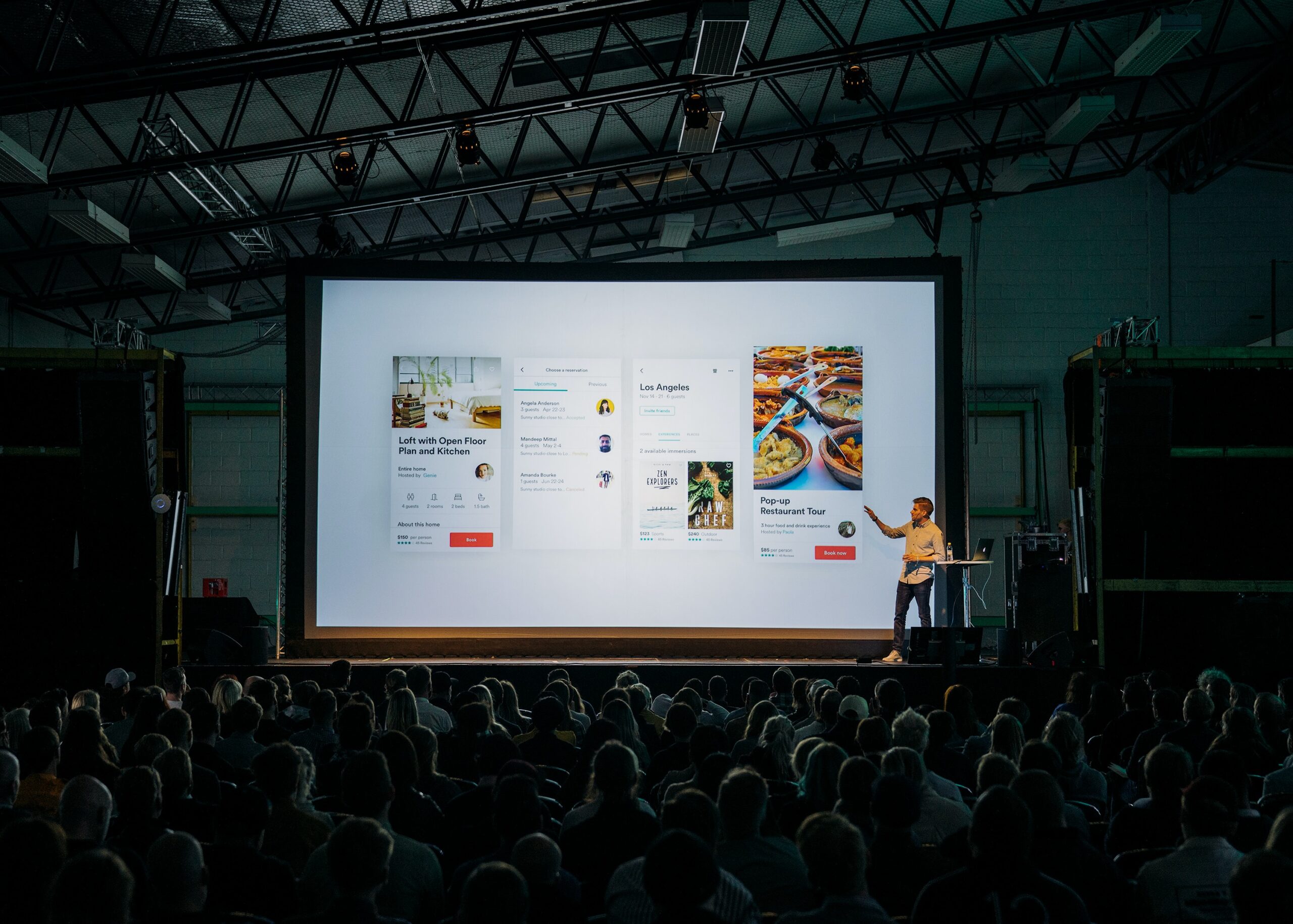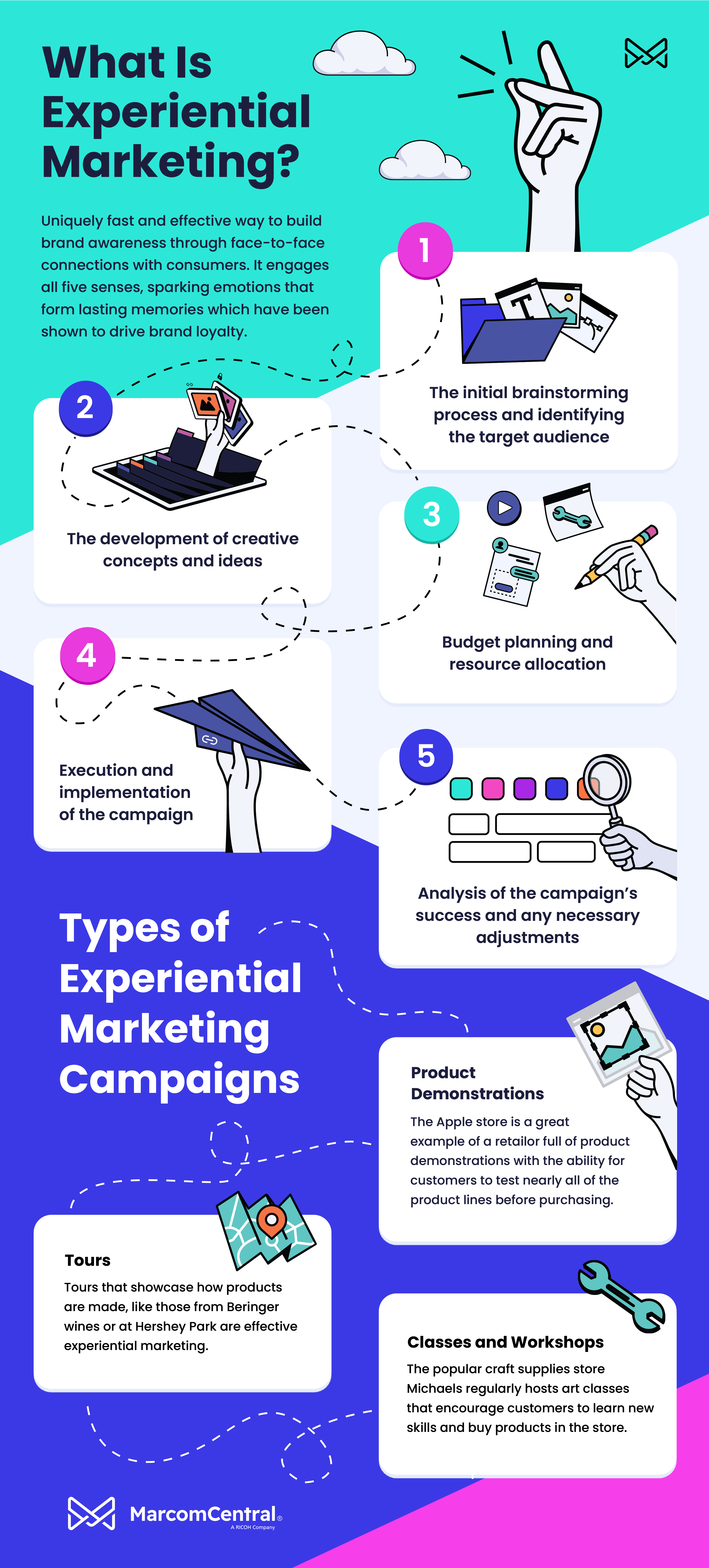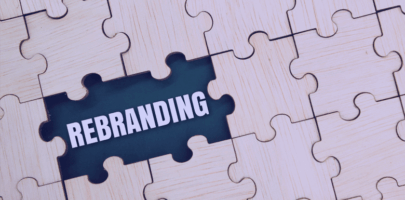- What Is Experiential Marketing?
- The Power of Experiential Marketing Campaigns
- Examples of Successful Experiential Marketing Campaigns
- How to Start Experiential Marketing
- Experiential Marketing Is Very Effective
Get news, updates, and insights delivered straight to your inbox.
What is Experiential Marketing & Why Is It So Powerful?

You’re likely very familiar with traditional marketing, such as television commercials and print ads, and digital marketing through social media and the internet.
is one potent marketing strategy that flies under the radar of many marketing professionals. In this article, you will discover the power of experiential marketing and learn how to make it work for your organization.
What Is Experiential Marketing?
Experiential marketing involves face-to-face connections with customers, often through experiences designed to generate brand awareness and loyalty. In a experiential marketing strategy, customers engage with a product directly before purchase, allowing them to experience its benefits.
What is experiential marketing like in practice? A few examples include product demos, live events, and online webinars or conferences. Some companies use virtual or augmented reality to allow a customer to experience their products firsthand.
The Power of Experiential Marketing Campaigns
Why is experiential marketing so effective? It enables customers to use their senses to observe a product in action. They’re not simply listening to or viewing an ad from a marketing department; instead, they can touch or see the product in their own hands and determine how they feel about it. Humans are visual creatures, and the closer we can get to experiencing something, the stronger our emotional perception will be.
Consider the following experiential marketing example:
Eric is planning to buy a new car, and he’s seen a few ads for hybrid SUVs. The pictures and commercials for the new Toyota RAV4 look pretty remarkable, so he decides to visit his local dealership for a test drive.
After driving the car a few miles, Eric is impressed with its handling, spacious interior, and helpful information system. He appreciates its quick responsiveness and comfortable seating. Based on this experience, he decides to purchase the vehicle.
This example highlights why experiential marketing is so effective. Rather than relying on someone else’s opinions, Eric makes his own decision based on his experience — in this case, a test drive.
Measuring the Results of Experiential Campaigns Can Be Challenging
Unlike online advertising, measuring the effectiveness of an experiential marketing campaign is challenging. You may not gain the same behavioral insights from an experiential campaign as a social media ad.
However, some tools are available that can assist you to get creative and measure KPIs. For example, MarcomCentral offers a digital asset database that provides analytics for marketing collateral distribution and implementation, meaning that it can measure the number of downloads for a specific collateral that’s used for an experiential marketing campaign. It can also track the number of times the collateral was printed or customized, giving managers a better idea of which marketing assets perform best in various channels and distribution networks.
Examples of Successful Experiential Marketing Campaigns
The example of a vehicle test drive is relatively simple. Customers get a similar experience when they try on clothes at a retail store or flip through the pages of a magazine at a bookstore.
However, some companies have found more innovative ways to incorporate experiential marketing into their playbooks. Here are a few more examples.
Product Demonstrations
Many consumers have visited an Apple store at some point. These stores include lots of display space, allowing potential customers to test products thoroughly before making a purchase. Customers will find products ranging from the latest iPhone to iMacs in varying sizes, along with iPads and Apple Watches.
Many Apple stores also have a Genius Bar, where qualified employees teach Apple customers how to use their products effectively. For instance, a customer can schedule an appointment with a technician to learn how to personalize their Apple Watch or use the iMovie app.
BestBuy has also recently shifted its focus to product demonstrations vs. plain displays. Their so-called experience stores are built to present products in a much more visual and engaging way in hope that it can cut customer sales turnaround time.
Tours
Some companies offer interactive tours, allowing customers to learn how they make their products or explore the company’s history. Beringer, one of the oldest wineries in Napa Valley, offers the Legacy Tour & Tasting, which includes a tour of vineyards and wine caves that reach back nearly 150 years.
Following the tour of the vineyard and estate, visitors taste several wines on offer from Beringer in the historical Rhine House.
A wine tour like Beringer’s allows clients to experience the vineyard’s wines firsthand. It also builds brand awareness by teaching customers about Beringer’s history and wine production methods.
Classes and Workshops
Customers can benefit from courses or workshops that teach them how to use a product or develop a related skill.
The popular craft supplies store Michaels regularly hosts art classes, such as painting for beginners. Each course includes all the supplies needed and guidance from a qualified instructor. Students learn beginning techniques, which they can apply to future projects.
Classes from Michaels encourage people to learn new skills, and the store benefits because these customers will be more interested in purchasing products to further their artistic ability.
How to Start Experiential Marketing
If you’re considering implementing an experiential marketing strategy, you’ll need to take a few steps.
First, establish the objectives for your marketing campaign. In most cases, these include brand strength or conversions.
If you’re interested in conversions, you might focus on product demonstrations. A product demonstration allows customers to experience a product before buying. Seeing and using the product is often enough to finalize a sale.
Your next step is to consider your budget. Experiential marketing may be more expensive than other techniques, depending on the type of strategy you implement.
For instance, if you plan to offer your customers an in-store testing area, you’ll need to set aside space for it. If you don’t have a retail storefront, you may need to consider other avenues for product testing, like a trade show or pop-up store.
Once you have an idea for your marketing strategy, it’s wise to find an experienced partner to implement it. Experiential marketing is different from other types of marketing, so someone with relevant expertise should take the lead.
If you don’t have the funds to hire a full-time experiential marketing specialist (or simply want to test the strategy to see if it brings results), consider hiring a contractor. That way, you’re not on the hook for a salary if you decide experiential marketing isn’t right for your company.
Experiential Marketing Is Very Effective
There’s no doubt that experiential marketing can improve your sales and increase brand loyalty and awareness. However, before you get started, make sure to consider your options and your budget carefully.
You should view experiential marketing as part of a comprehensive marketing strategy rather than your sole source of clients. Other, less expensive digital and traditional marketing strategies can also be effective, so make sure to make the best use of your marketing spend.



